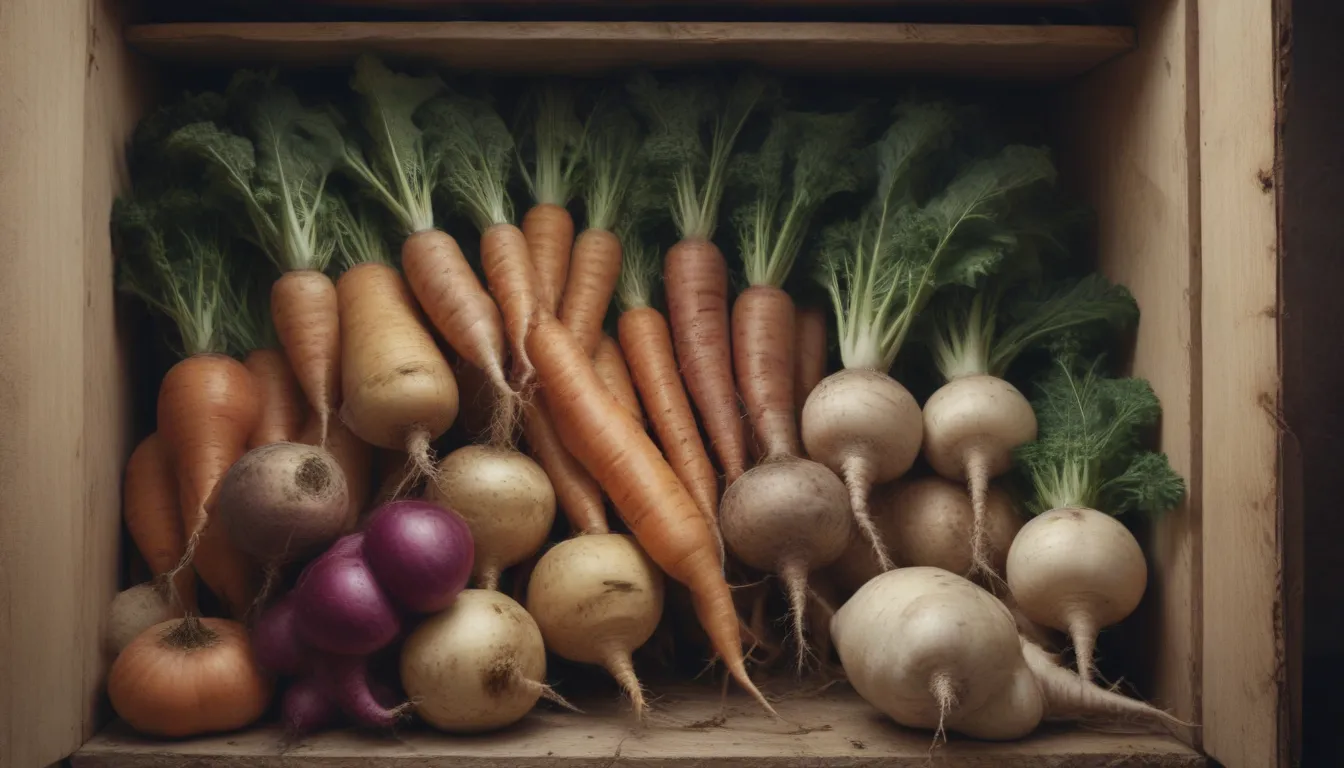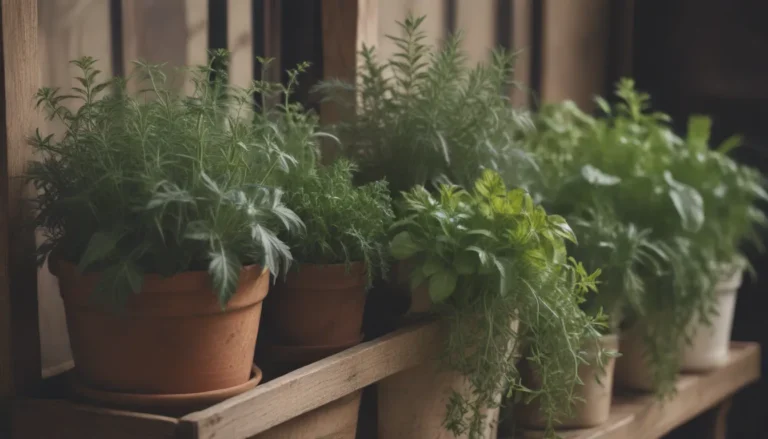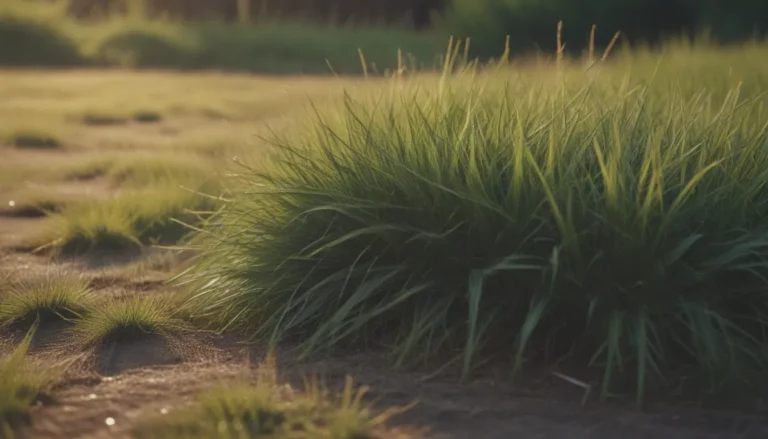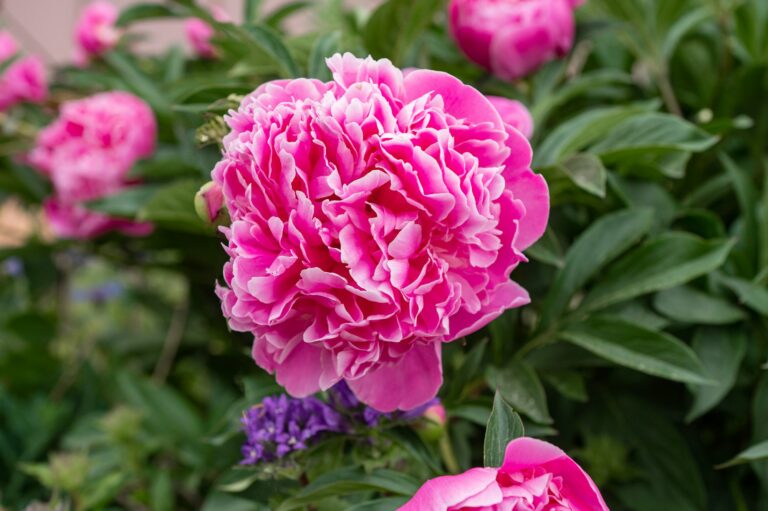The Ultimate Guide to Storing Root Vegetables

If you’re an avid gardener or just someone who loves fresh produce, you know the satisfaction of growing your own root vegetables. Who can resist the allure of freshly picked carrots, potatoes, or beets straight from the garden? However, sometimes our gardens provide us with a surplus of root vegetables that we can’t consume right away. It’s a shame to see all our hard work go to waste as our veggies wilt and rot in the fridge. But fear not! With the right storage techniques, you can keep your root vegetables fresh and flavorful for an extended period.
Why Proper Storage Matters
Root vegetables are best stored at a temperature range of 32 to 40 degrees Fahrenheit with 95% humidity. If stored above 40 F, they may sprout and rot prematurely. On the other hand, freezing them can compromise their flavor and texture. It’s essential to store root vegetables correctly to preserve their freshness and taste. Here are some popular root vegetables and the best ways to store them:
Beets
Beets are best stored in a cool, dark place away from light. You can store them in a fridge, basement, or root cellar for up to two weeks.
Carrots
Carrots should be stored in a plastic bag in the crisper drawer of your refrigerator. They can last for up to two weeks when stored properly.
Jerusalem artichokes (sunchokes)
Store Jerusalem artichokes in a cool, dark place like a pantry or basement. They can be kept for up to two weeks.
Sweet Potatoes
Keep sweet potatoes in a ventilated container in a cool, dark place. They can last for up to two weeks when stored correctly.
Potatoes
Store potatoes in a dark, cool location with good ventilation. Avoid storing them near onions, as they can cause each other to spoil faster. Potatoes can last for several weeks when stored properly.
Onions
Onions require a cool, dry place with good air circulation. They can last for several months when stored correctly.
Remember, never store damaged vegetables with healthy ones. Use bruised veggies first and refrain from washing root vegetables until you’re ready to use them.
Storing Bulb Vegetables
Bulb vegetables like garlic and onions have similar storage requirements to root vegetables. They should be kept at a temperature range of 32 to 45 F with high humidity for optimal freshness. Here’s how to store them:
Garlic
Garlic can be stored in a cool, dry place with good ventilation. It can last for several months when kept away from light and moisture.
Onions
Onions should be stored in a cool, dry place with good air circulation. Avoid storing them near potatoes, as they can cause each other to spoil faster.
Where to Store Your Root Vegetables
If you don’t have enough fridge space or prefer not to use it, there are other options for storing your root vegetables. A root cellar is an ideal location for storing root vegetables, as it provides the cool, dark, and humid conditions they need to stay fresh. Here are some storage options:
-
Basement: An unfinished basement with earthen flooring and no heating is ideal for storing root vegetables. You can also create a makeshift root cellar in a cool corner of your basement.
-
Garage: If your garage stays cool and dry, it can be used for storing root vegetables. Make sure to monitor the temperature and humidity levels.
-
Attic: An attic with good ventilation and insulation can be used for storing root vegetables. Ensure the temperature stays within the recommended range.
-
Crawlspace: A crawlspace can be converted into a storage area for root vegetables if it has the right temperature and humidity conditions.
-
Mudroom or porch: A mudroom or porch can be used to store root vegetables temporarily if the temperature and humidity levels are suitable.
Remember to monitor the temperature and humidity levels regularly to ensure your root vegetables stay fresh for as long as possible.
Don’t Forget the Greens
Many root vegetables come with edible greens, such as turnip, radish, and beet greens. Instead of discarding them, store the greens in a damp towel or paper towel in an airtight container in the fridge. These greens are packed with nutrients and can be a delicious addition to soups, stir-fries, and salads.
By following these storage tips, you can enjoy the fresh flavors of your homegrown root vegetables for weeks to come. Happy harvesting!





